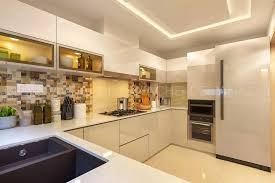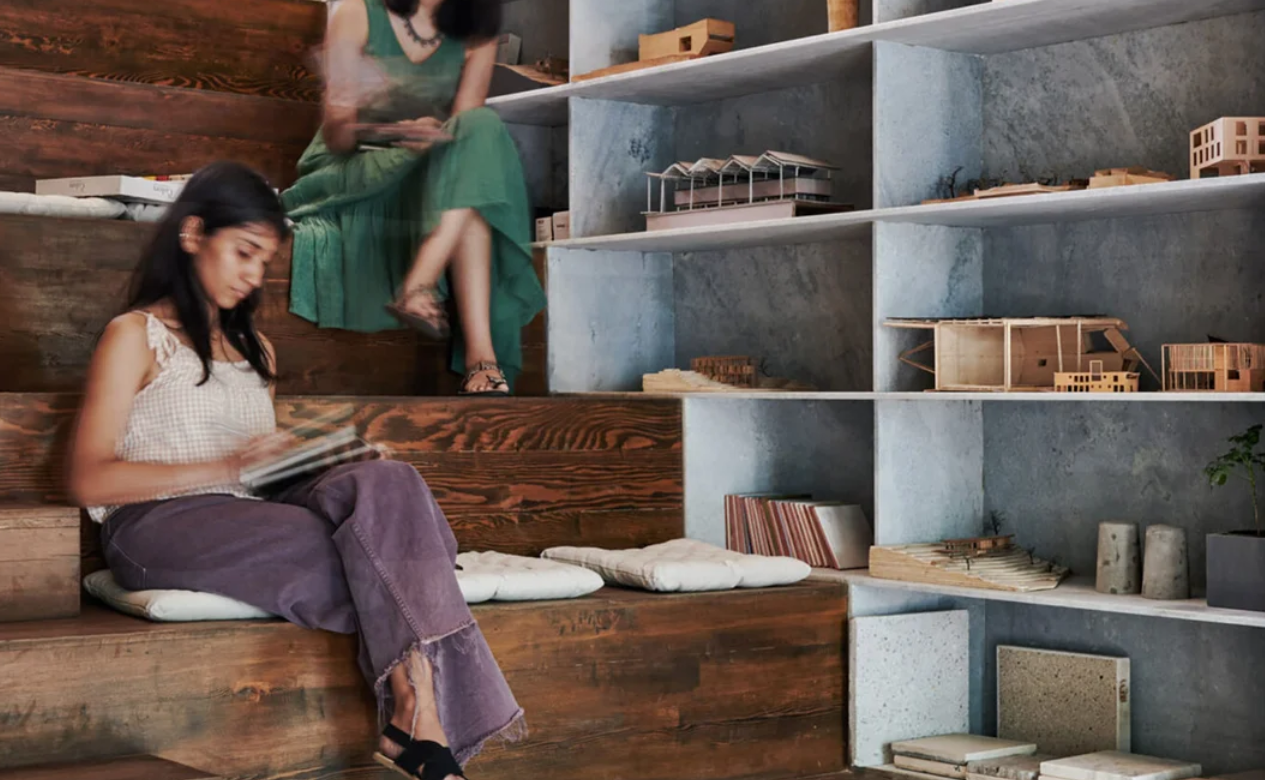How Do Commercial Interior Designers in Bangalore Incorporate Sustainability?

Sustainability is no longer a buzzword; it’s a necessity for modern businesses. As organizations across industries move toward greener practices, the spaces where they operate are being designed with long-term environmental responsibility in mind. This is where professional commercial interior designers in Bangalore play a transformative role. Known for being at the forefront of design and innovation, these experts are helping businesses create workplaces that are not only stylish and functional but also eco-friendly and cost-efficient.
So, how exactly do commercial designers weave sustainability into their projects? Let’s explore the many ways they are redefining office spaces for a greener tomorrow.
1. Using Sustainable Materials
The foundation of sustainable design begins with material choices. Commercial interior designers in Bangalore are increasingly choosing renewable, recycled, and locally sourced materials to minimize environmental impact.
-
Recycled Wood & Metal: Reclaimed wood and recycled steel are now common in furniture and structural designs.
-
Low-VOC Paints: Designers opt for paints with low volatile organic compounds to ensure healthier indoor air.
-
Eco-Friendly Fabrics: Upholstery made from organic cotton, bamboo, or jute is being widely used.
By making thoughtful material choices, designers reduce waste and promote long-lasting durability, which adds to the sustainability factor.
2. Optimizing Natural Light
Lighting is one of the largest contributors to energy consumption in commercial spaces. To counter this, commercial interior designers in Bangalore prioritize layouts that maximize natural light.
Large windows, skylights, glass partitions, and reflective surfaces are strategically used to reduce dependence on artificial lighting during the day. This not only saves energy but also creates a healthier work environment by boosting employee mood and productivity.
3. Energy-Efficient Lighting Solutions
For times when artificial lighting is necessary, sustainability-driven designers focus on energy efficiency. LED lighting, motion sensors, and smart lighting systems are commonly integrated into offices.
These solutions not only cut energy costs but also reduce the carbon footprint, making them a vital aspect of sustainable interior design.
4. Green Building Certifications
To ensure that sustainability standards are met, many projects are aligned with global certifications such as LEED (Leadership in Energy and Environmental Design) and IGBC (Indian Green Building Council). Commercial interior designers in Bangalore are well-versed in these frameworks and incorporate practices that help businesses achieve certification.
A certified green building not only contributes positively to the environment but also enhances the organization’s brand value by showcasing its commitment to sustainability.
5. Indoor Plants and Biophilic Design
Another key trend in sustainable interiors is biophilic design, which integrates natural elements into workspaces. Indoor plants, vertical gardens, and green walls are more than decorative—they improve indoor air quality, reduce stress, and promote overall well-being.
Commercial interior designers in Bangalore skillfully use these elements to create offices that feel alive and connected to nature. This not only improves the health of employees but also reduces the need for artificial air purification systems.
6. Sustainable Furniture Choices
Furniture can either support or undermine sustainability efforts. Designers are now selecting pieces that are:
-
Modular: Easily adaptable for future reconfigurations.
-
Durable: Built to last, reducing the need for frequent replacements.
-
Recyclable: Made from materials that can be reused at the end of their lifecycle.
This approach ensures long-term cost savings for businesses while minimizing environmental waste.
7. Water Conservation Practices
Sustainability isn’t just about energy; water plays an equally vital role. Commercial interior designers in Bangalore integrate water-efficient fixtures like sensor-based taps, dual-flush systems, and water recycling systems.
Additionally, landscape designs with drought-resistant plants minimize water consumption, making the overall design eco-conscious.
8. Smart Technology Integration
Technology plays a significant role in modern sustainable design. By integrating smart systems, designers allow businesses to monitor and reduce their resource consumption.
-
Smart HVAC Systems: Regulate temperature efficiently and reduce power wastage.
-
Energy Monitoring Tools: Track and optimize energy use across departments.
-
Automated Blinds & Windows: Control heat gain and natural ventilation.
These solutions combine sustainability with convenience, ensuring that workplaces are future-ready.
9. Designing for Longevity
Sustainability is also about creating designs that last. Frequent renovations or redesigns not only increase costs but also generate waste. That’s why commercial interior designers in Bangalore focus on timeless aesthetics and durable construction.
By planning flexible layouts and scalable designs, they ensure that the office remains functional and relevant even as the company grows or trends change.
10. Encouraging a Green Culture
Design isn’t just about physical spaces—it also influences behavior. Many offices designed with sustainability in mind include recycling stations, bike racks, and energy-conscious workstations.
Such initiatives encourage employees to adopt greener habits, making sustainability an integral part of the company culture.
Why Sustainability Matters for Businesses
Sustainability in office design is not just about being environmentally conscious—it also makes strong business sense. Some of the long-term benefits include:
-
Cost Savings: Lower utility bills through energy and water efficiency.
-
Employee Productivity: Healthier, greener spaces lead to happier employees.
-
Brand Value: A sustainable office enhances corporate image.
-
Regulatory Compliance: Meeting eco-standards reduces the risk of penalties.
-
Future-Readiness: Adaptability and long-term efficiency ensure scalability.
Conclusion
The shift toward green practices is shaping the future of office design, and businesses that embrace sustainability stand to gain immensely. By focusing on eco-friendly materials, energy efficiency, water conservation, and biophilic design, commercial interior designers in Bangalore are helping organizations create spaces that benefit both people and the planet.
For businesses aiming to strike the perfect balance between innovation, functionality, and sustainability, partnering with trusted experts like Hidecor ensures that their commercial spaces remain efficient and eco-conscious for years to come.






